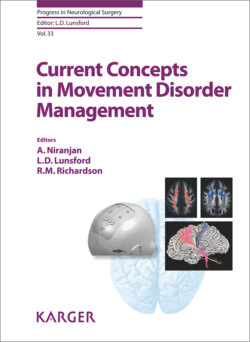Читать книгу Current Concepts in Movement Disorder Management - Группа авторов - Страница 14
The Era of Spreading Stereotactic Techniques
ОглавлениеOver time, stereotactic techniques evolved in several major schools of thought in Germany, France, the United States, Canada, Japan, and the UK. German pioneers, including Hassler and Riechert, recommended the adoption of a thalamic target for movement disorders [16]. In France, Guiot and Talairach developed new stereotactic technologies and trained a new generation of neurosurgeons. Many students interested in deep brain surgery studied at these sites and then established stereotactic programs in North and South America. In the United Kingdom, Gillingham returned to Edinburgh after studying with Guiot in Paris. Movement disorder surgery was his primary focus and he established a major training center, leading to students such as Ted Hitchcock who in turn developed additional stereotactic instrumentation.
In Asia, pioneers in stereotactic surgery emerged during the period of recovery after the Second World War. During this time, Narabayashi became an internationally known pioneer in “stereo-encephalotomy” [17]. Unfortunately, during the turbulent period of the 1970s, stereotactic surgery became confused with previously abandoned brain lobotomy techniques and led to widespread protests at various sites.
Pooled atlases of the brain were created and widely adopted to create a common nomenclature and to take advantage of the constantly emerging clinical outcome data from busy centers. Targeting of deep nuclei was related to identifiable anatomic structures found by air or contrast encephalography. The anterior and posterior commissures proved the most reliable structures on which to base stereotactic targets in the thalamus, pallidum, and subthalamus.
In Montreal, Claude Bertrand began a major program in movement disorder surgery and used a modified stereotactic device based on the Leksell frame. In Toronto, Dr. Ron Tasker established a stereotactic program after studies in Sweden and Germany. He became a pioneer in brain mapping of the thalamus using microelectrode recordings. Ohye in Japan pursued thalamic mapping with microelectrode recordings as well [18].
